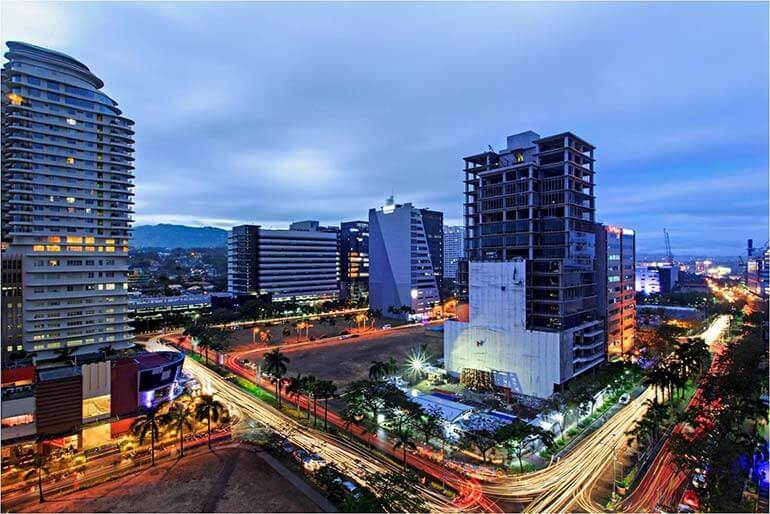
CEBU OFFICE SECTOR
Offshore gambling is emerging as a critical segment of the Cebu office market as it accounted for almost 25% of recorded transactions in 2017. Business Process Outsourcing(BPO)-Voice companies continue to dominate covering more than a half of transactions while the Knowledge Process Outsourcing (KPO) firms that provide higher value services also sustained demand, taking 20% of the total office leases. Colliers sees the current administration’s infrastructure implementation and decentralization thrust benefiting Cebu as it is the largest business destination outside Metro Manila. This should entice more offshore gambling, BPO, KPO and traditional firms to set up shop or expand operations.
CEBU RESIDENTIAL SECTOR
Given the increasing land prices in Cebu, it is not surprising to see more condominium (vertical) developments than house and lots (horizontal). The condominium stock in Cebu totals 33,400 units, all in Metro Cebu. While launches were down for both horizontal and vertical projects in 2017, take-up for condominiums was notably faster, reaching 5,600 units versus 1,100 for house and lots. This has also translated into increasing prices of condominiums where prices are breaching the mid-income segment, nearing PHP6.0 million (USD 120,000). Colliers expects vertical demand to continue, augmented by leisure-related residential developments, especially after the planned completion of the Mactan Airport expansion by mid-2018. Thus, we suggest that developers launch more leisure-related condominiums. Meanwhile, for house and lots, developers may consider areas outside Metro Cebu such as Talisay, Consolacion, and Minglanilla, which are fast becoming viable alternatives to the city centre.
CEBU RETAIL SECTOR
Cebu’s retail stock is now at 1.06 million sq m (11.4 million sq ft); more than double the 2010 level. Its retail market remains interesting and competitive since both local and national players are active. Despite the development of super-regional malls in established and emerging hubs and the entry of foreign retailers, the downtown area which houses some of the oldest retail outlets remains bustling. But the homegrown retailers need to cope with the constantly evolving preferences of consumers and must recalibrate their offerings if they are to stay in the game. The difficulty of filling vacant space persists especially in certain regional malls. Colliers believes that operators should be more discerning in selecting retailers and aspire for a more interesting tenant mix that would sustain visitor traffic. We think that the property firms should consider the heavy traffic along the city’s main roads as an opportunity to develop smaller retail outlets in alternative locations. Colliers believes that the improvement of Cebu’s infrastructure network should result in more transit- and resort-oriented retail projects. We also encourage operators and retailers to explore opportunities in future reclamation projects
Source: Colliers International Philippines



